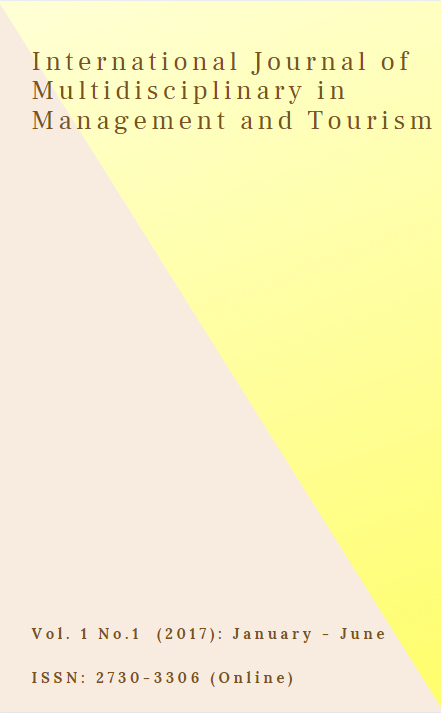Buddhism and Education in Thai Society
Main Article Content
Abstract
In the field of education, there were great changes. Roughly speaking, the educational system of the time was divided into two levels: a primary educational level for the masses and a higher educational level to improve the future Thai administrative cadet’s qualifications for stimulating national development. The primary educational level was at first assigned as a responsibility to the Buddhist monastic organization (Sangha) with a view to utilizing an existing institution so as to attain mass literacy and improve morality at the same time. This assignment was in conformity with conventional practices and it contributed to religious and political developments in Thailand. As for higher education, in order to modernize the country in various fields, the best qualifications and specialization has to be acquired by the future Thai leasers and administrators. This could only be done with the help of western technology and knowledge. The Sangha was not in a position to provide the necessary technical know-how to speed up national political and economic development. The king therefore sent his children, other members of the royal family, noble’s children and scholarship-holders abroad for higher education.
Article Details
References
Ketudhat, S. (1980). Educational Reform. Bangkok: Thaiwathanaphanit.
Ministry of Education. (1982). History of ministry of Education. Bangkok: Khuruaspha.
Phra Debvedi (Prayudh Payutto). (1993). The Role of the Sangha in Thai Society. Bangkok: Withayanukun.
Phra Debvedi (Prayudh Payutto). (1995). Thai Educational Philosophy. Bangkok: Khledthai.
Thitiwatana, P. (1977). Sangha’s Movement. Bangkok: Chulalongkorn University

